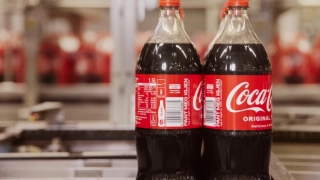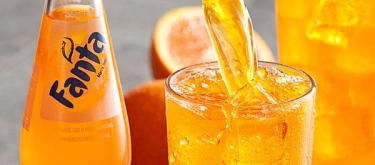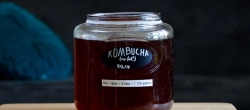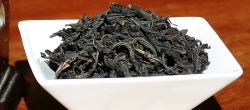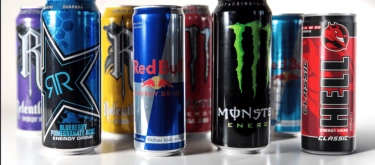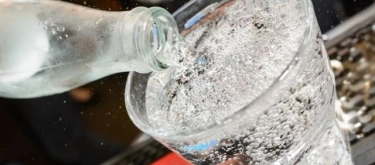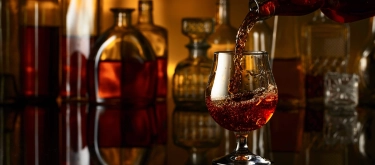Pepsi: Taste Profile, Aroma, Benefits and Health Risks
Pepsi, created in 1893 by Caleb Bradham under the name “Brad’s Drink,” later rebranded in 1898, has grown into one of the most recognizable soft drinks worldwide. Competing directly with Coca-Cola, Pepsi is known for its sweeter taste profile and youthful, bold branding.
Contains carbonated water, sugar or sweeteners (depending on variety), caffeine, caramel color (E150d), phosphoric acid, and flavorings. No gluten or dairy, but high sugar and caffeine levels make it unsuitable for people with diabetes and those sensitive to stimulants.
What does Pepsi taste like?
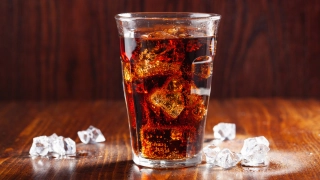
Complete Sensory Description
Taste
The very first sip of Pepsi strikes with strong, candy-like sweetness, almost like caramel syrup blended with vanilla. It feels brighter and lighter than Coca-Cola — more like a sweet lemonade with a caramel undertone. On the sides of the tongue, there is a gentle citrus tang, similar to lemon or lime soda, but never sharp or sour. The sweetness dominates, but it’s rounded and smooth, leaving an impression closer to a sweet fruit candy than a spiced drink. The aftertaste is short: mostly sugar and caramel, like the flavor of a toffee candy melting in your mouth, but lighter and quicker to fade.
Aroma
When you bring it closer, the smell is sweet caramel mixed with a hint of orange peel and vanilla essence. It reminds you of opening a bag of fruity caramels with a citrus note — playful, light, and sweet.
Texture
On the tongue, Pepsi feels sparkling and tingly as bubbles explode instantly, like popping candy or mineral water fizz. The carbonation makes it feel cooler and more refreshing than it actually is. Once the fizz calms, a smooth, slightly syrupy layer remains, coating the mouth with sugary stickiness but without being heavy.
Appearance
Deep caramel-brown, almost black in the bottle, but with red-brown reflections when held to light. In a glass, streams of fine bubbles rise continuously, forming a thin, foamy cap at the surface when freshly poured.
In-depth Flavor Analysis
-
Sugar / HFCS – higher perceived sweetness.
-
Phosphoric acid – provides acidity but less pronounced.
-
Caffeine – mild bitterness.
-
Flavoring system – more citrus-vanilla esters, fewer spice-like compounds than Coca-Cola.
-
Caramel color – adds visual appeal and subtle burnt-sugar tone.
Flavor varies with sweetener type and serving temperature; Pepsi tastes best chilled, highlighting its citrus freshness.
Varieties and Culinary Applications
-
Classic Pepsi – full sugar.
-
Diet Pepsi / Pepsi Max – sugar-free with sweeteners.
-
Flavored Pepsi – cherry, vanilla, mango, lime.
-
Limited editions – seasonal or regional flavors.
Culinary uses: consumed as a refreshing drink, mixed with spirits (rum, whiskey), or used in glazes and marinades for meats.
Selection and Storage
-
Buy sealed bottles or cans, checking expiration date.
-
Store in cool, dry places, refrigerate before serving.
-
Consume opened bottles within 2–3 days for carbonation retention.
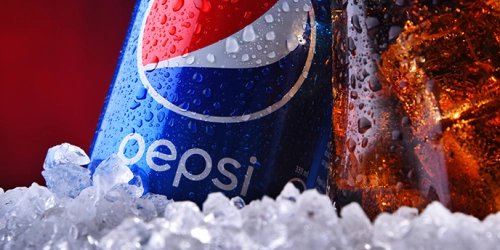
Nutritional Insights
Per 330 ml: ~150 kcal, ~41 g sugar, ~30 mg caffeine. Provides fast energy but no significant nutrients. High consumption linked to obesity, tooth decay, and elevated blood sugar.
Expert Insights & Culinary Tips
-
Works well in cocktails due to sweeter, fruitier base.
-
Complements salty and fried foods, balancing fat and salt.
-
Can be used in cooking for caramelized sauces or braised meats.
Interesting and Curious Facts
-
Pepsi was originally marketed as a digestive aid.
-
The “Pepsi Challenge” in the 1970s boosted its popularity by emphasizing sweeter taste compared to Coca-Cola.
-
Pepsi has been a pioneer in celebrity advertising, working with Michael Jackson, Britney Spears, and Beyoncé.
Harm and Dietary Considerations
-
Excess sugar contributes to diabetes, obesity, and dental problems.
-
Caffeine may disturb sleep or cause palpitations.
-
Phosphoric acid in high amounts may affect bone health.
-
Not recommended for children and pregnant women due to caffeine and sugar.
Religious Dietary Considerations
Pepsi is certified Halal and Kosher in most regions. Acceptable in Christianity, Hinduism, and Buddhism. Vegan versions are widely available, but caramel color origin should be checked in some markets.
Final Thoughts & Sensory Journey
Pepsi delivers a sweeter, more citrus-forward taste than Coca-Cola, appealing to those who prefer light fruitiness over spice. It is refreshing and culturally iconic but should be consumed moderately due to health concerns.
Resources
-
Pendergrast, M. For God, Country and Coca-Cola. Basic Books, ISBN 9780465054688
-
Ashurst, P. R. Chemistry and Technology of Soft Drinks and Fruit Juices. Wiley, ISBN 9781405184345
-
Allen, R. C. Global Brands: The Pepsi Story. Routledge, ISBN 9780415322447
